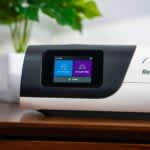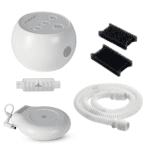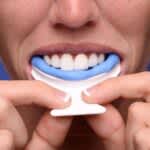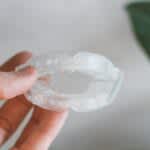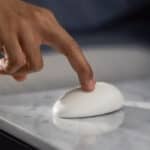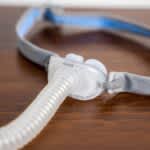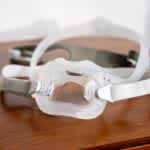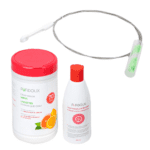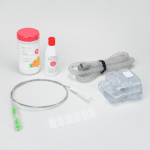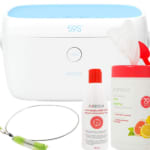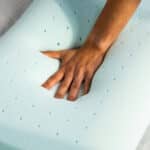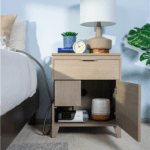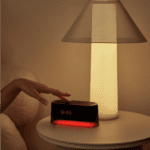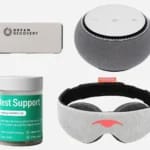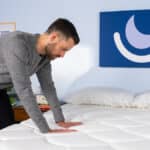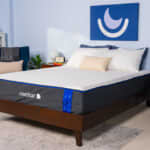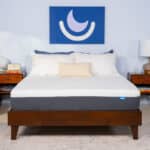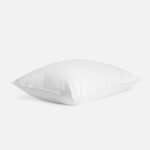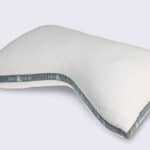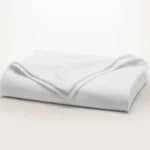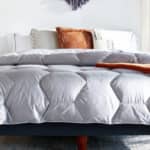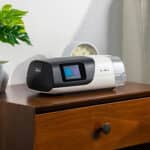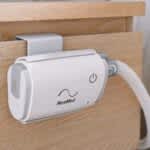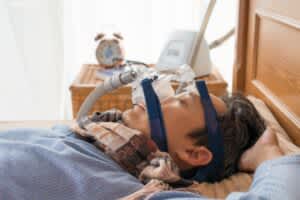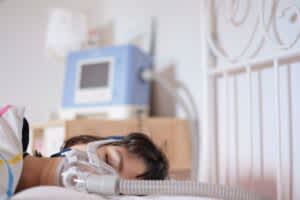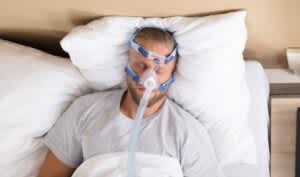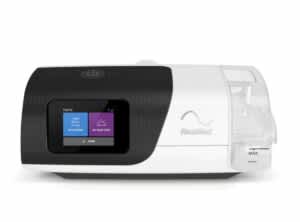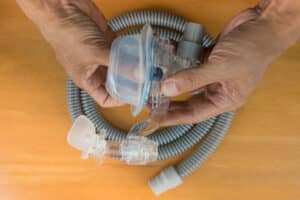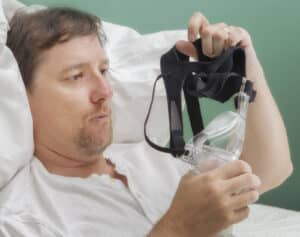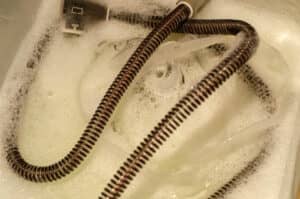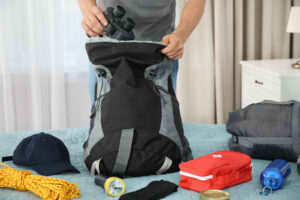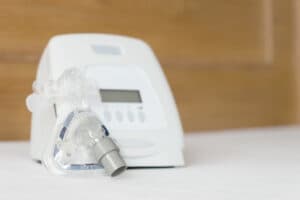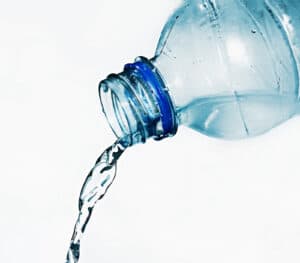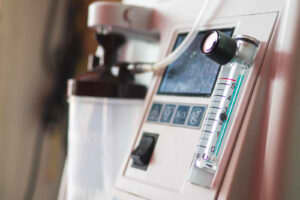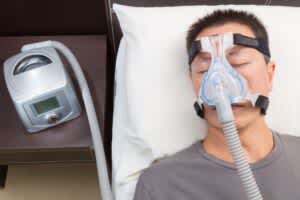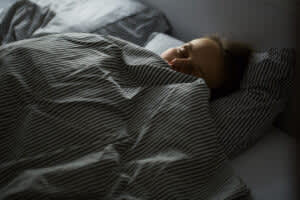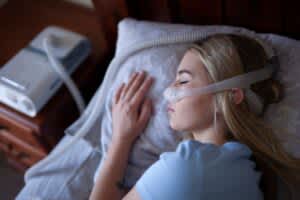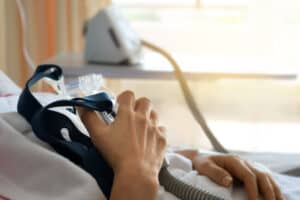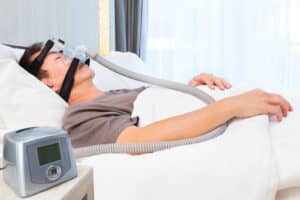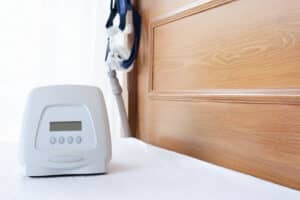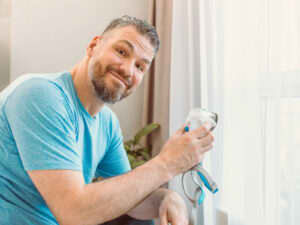Continuous positive airway pressure (CPAP) therapy can be an effective treatment for people with obstructive sleep apnea (OSA). However, success depends on proper CPAP machine use, including wearing the device nightly for at least four hours.
Given the nature and frequency of CPAP therapy, masks, hoses, and other CPAP accessories need regular cleaning to ensure they function properly and remain free of potentially harmful bacteria.
We’ll take a closer look at the best way to clean CPAP equipment before exploring some of the caveats associated with certain CPAP cleaners. We’ll also break down the cleaning process into simple steps so you can quickly and safely maintain your CPAP machine and its accessories.
What Is the Best CPAP Cleaner?
Despite the abundance of CPAP cleaning devices, solutions, and wipes available, it’s best to use gentle soap and warm water to clean CPAP masks, tubing, and other accessories. Always check your CPAP machine’s manual for cleaning recommendations, as there may be procedures specific to your model to keep in mind.
How Effective Are CPAP Wipes?
CPAP wipes are disposable towelettes saturated with cleaning solution. They’re meant to be used on CPAP masks and other accessories to remove dirt, oil, and other contaminants that may build up after use.
It is important to only use wipes that are specific to CPAP machines, as other cleaning wipes may contain harsh chemicals that could be dangerous to inhale and may degrade your mask and other CPAP accessories. Additionally, CPAP wipes are designed for supplemental cleaning and are not intended to replace a regular cleaning regimen using soap and water.
What Are UV Light and Ozone Cleaners, and Should You Avoid Them?
Some companies sell devices that claim to clean or disinfect CPAP equipment by using ultraviolet light or ozone gas. Despite these claims, ozone gas and UV light devices have not been approved by the Food and Drug Administration for use as CPAP machine cleaners.
The FDA has received reports from users of ozone cleaners that cite unanticipated health issues after use, including headaches and loss of breath. Some CPAP machine manufacturers stipulate that using UV light or ozone cleaners may void the device’s warranty.
How Often Should You Clean Your CPAP Equipment?
Properly cleaning your CPAP equipment on a regular basis prevents dirt, oils, residue, germs, and other impurities from building up and potentially causing serious health issues. In general, you should wipe the face mask clean with a soft cloth every day and thoroughly clean both the mask and tubing once a week using soap and warm water.
The machine itself should be wiped down on a daily basis using a soft cloth after first unplugging the device. Check your user manual to see if the manufacturer recommends using a dry or damp cloth to remove dust and dirt. If you use a CPAP humidifier, the water chamber should be emptied and refilled with distilled water on a daily basis and washed once a week.
How to Properly Clean Your CPAP Equipment
There are general guidelines for keeping your CPAP machine clean. These include using mild soap and water to wash and rinse your CPAP equipment and then allowing everything to dry thoroughly.
It’s important to note, however, that all CPAP machines have their own recommended care instructions provided in the user manual. Be sure to take note of these before cleaning your CPAP machine for the first time.
What You’ll Need
While you may want to purchase a long cleaning brush specifically designed for CPAP hosing, most of the items needed to clean CPAP equipment are readily available around the house:
- Sink or tub
- Warm potable water
- Mild soap
- Sponge or soft cleaning brush
- White vinegar (for humidifiers)
- Soft towel
- Place to dry
Step-by-Step Instructions
- Unplug the CPAP machine from the electrical outlet.
- Detach the tube and face mask.
- Disassemble the mask into its component parts, including mask cushion and headgear.
- Fill a sink or tub with warm, potable water.
- Mix in a small amount of mild soap.
- Submerge the mask parts and tube in the water.
- Allow to soak for a few minutes.
- Use a sponge or soft clearing brush to wash the inside and outside of each component. You may need a long, thin, flexible brush to clean the inside of the tube.
- Thoroughly rinse the components, removing all soap.
- Air dry on a towel. Consider hanging the hose to speed the drying process.
- If your CPAP machine includes a humidifier, check the device’s instructions for cleaning the water chamber. While some manufacturers suggest washing it with soap and water, others recommend using diluted white vinegar.
- To clean the humidifier tank using vinegar, soak it in a solution of equal parts white vinegar and potable water for 30 minutes. Then thoroughly rinse the water chamber with warm water and air dry.
- Never submerge the machine itself. When needed, use a soft cloth to remove dust or dirt.
Ask the Sleep Doctor
Have questions about sleep? Submit them here! We use your questions to help us decide topics for articles, videos, and newsletters. We try to answer as many questions as possible. You can also send us an email. Please note, we cannot provide specific medical advice, and always recommend you contact your doctor for any medical matters.

